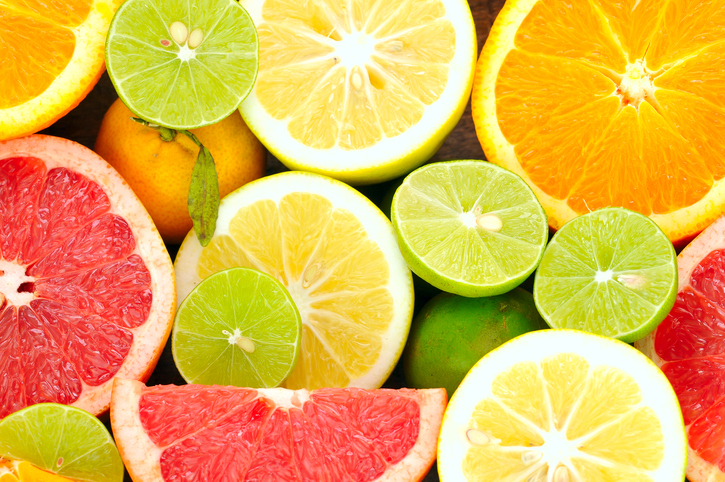
Produce 101: Citrus
Citrus is anything but basic when used in the kitchen. It can be used all over the menu… use it in pastry with the zest and the juice, use it in the bar, use it in gift baskets, even use the segments in a salad. Adding a pop of citrus juice brightens any dish.
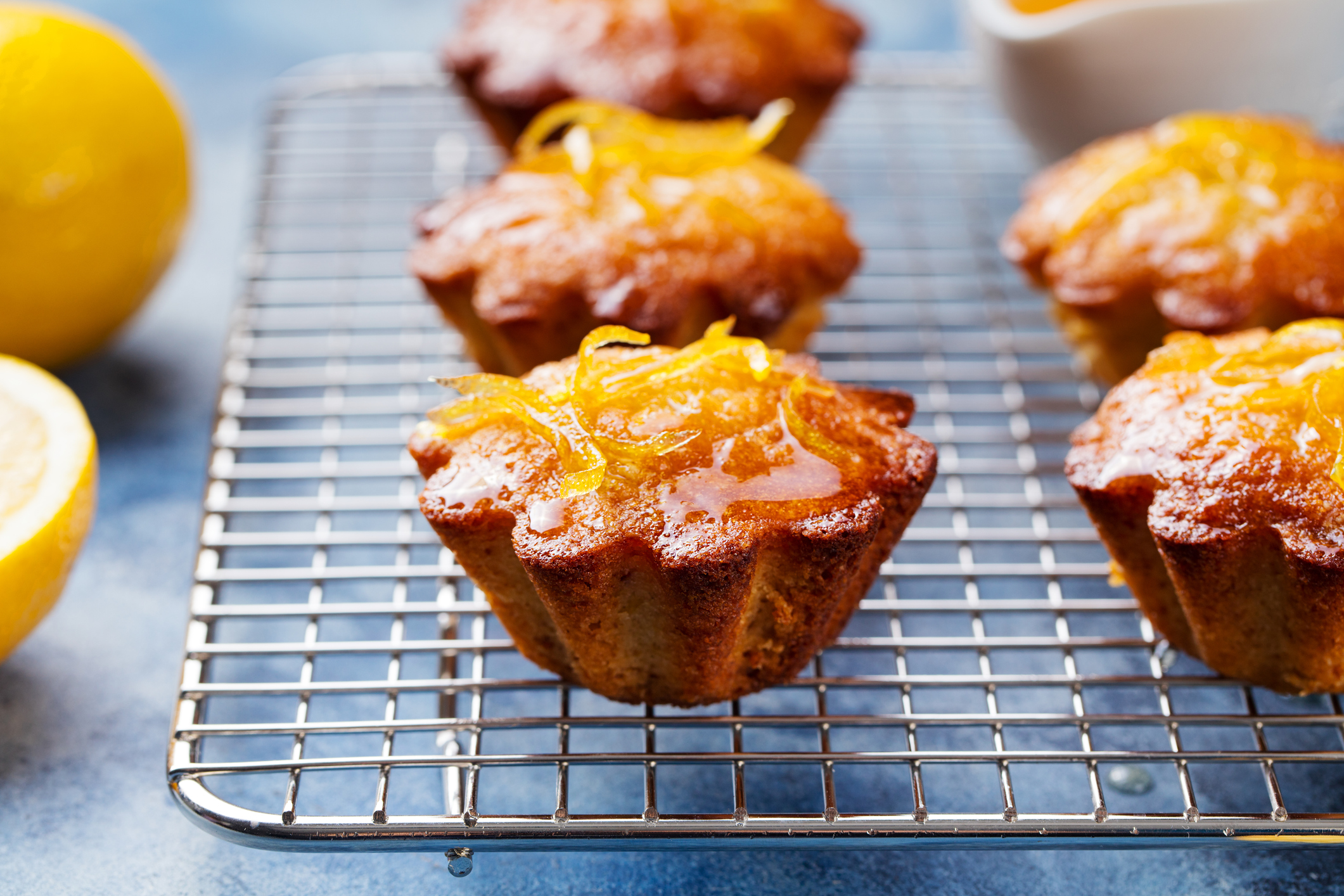
Produce 101: Citrus — California vs. Florida
One of the most often asked questions I hear is: what’s the biggest difference between California citrus and Florida citrus—and it boils down to appearance.
California
California citrus is typically picture-perfect, like these oranges. It’s what you think of when you think of citrus: uniformly round, unblemished thick skin, color that’s deep and appropriate to the variety.
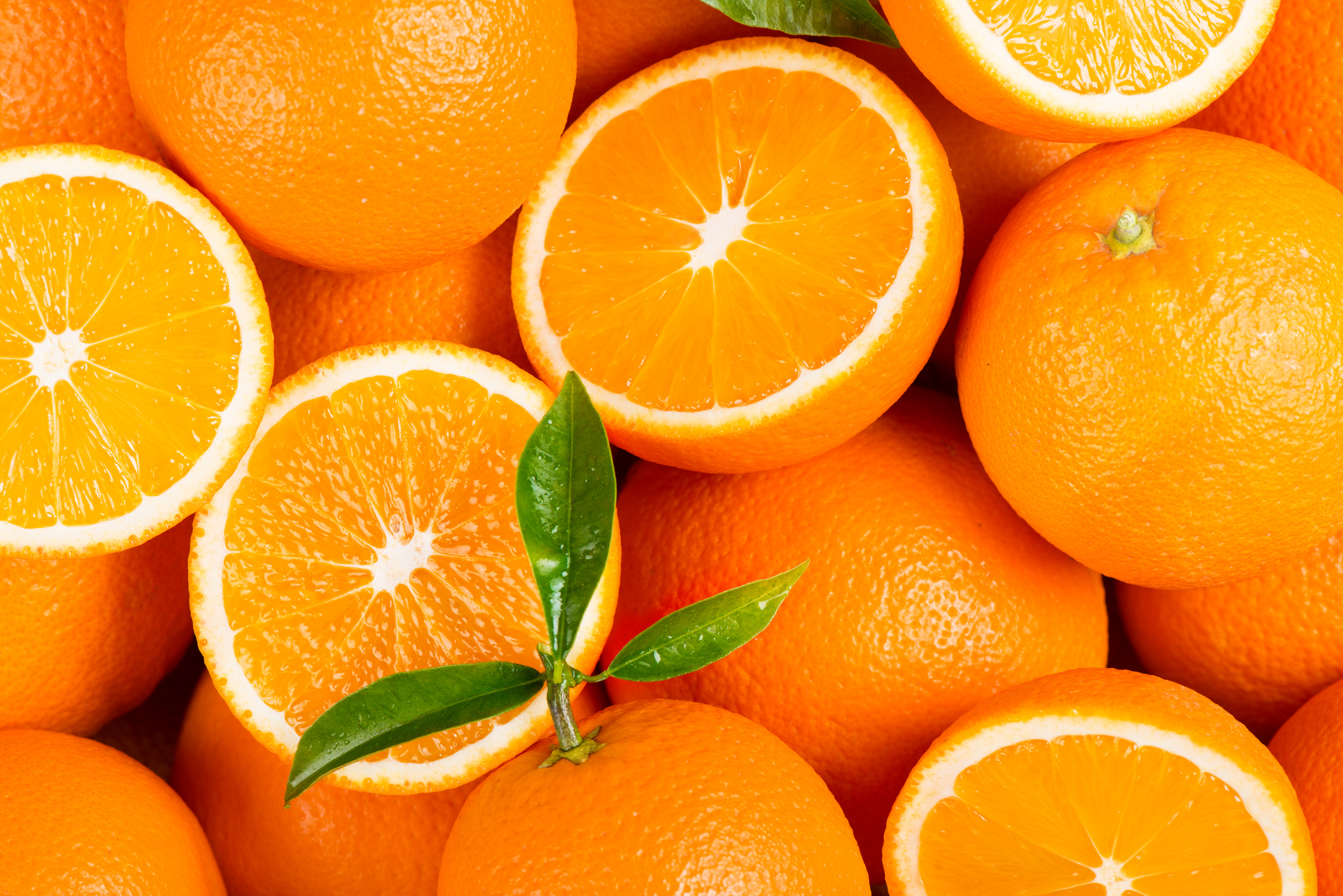
Florida
Florida citrus is a little bit of, can we say, ugly duckling—it’s a little wind-scarred, it has some oil spotting, and the skin is a little thinner.
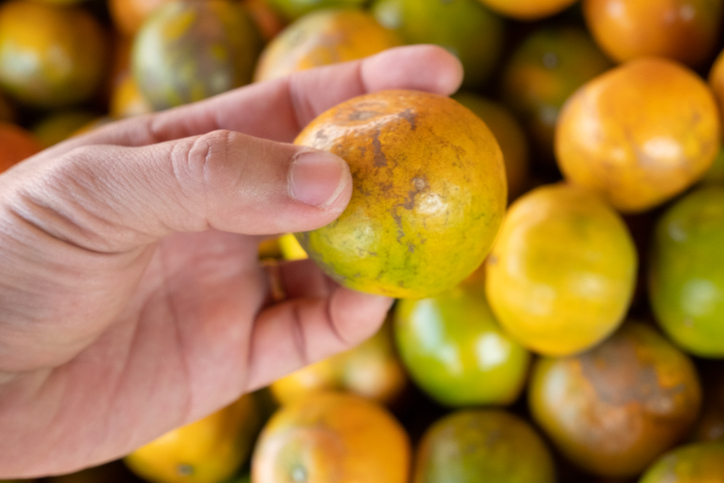
Why is that?
It’s all about the geography.
In California they have natural windbreaks in the groves from the mountains, this prevents the limbs from rubbing against the immature citrus—which causes the russeting and the wind-scarring.
In Florida, they don’t have that.
The breezes come off the ocean and go straight across the peninsula with no break—so the trees are a little more active, and the fruit gets a little more dinged up, but is mostly just external appearances.
One more difference is California citrus has thicker skin vs. Florida citrus. The skin of a piece of citrus from Florida is noticeably thinner than a California citrus.
As a result, 95% of the Florida orange crop is used in juicing; the vast majority of the California crop is used for table fruit consumption.

Produce 101: Citrus – Grades
The USDA has multiple standards across the citrus family.
Orange Grades
Most commonly sold:
- US Fancy
- US #1 (Choice)
Less common are:
- There is also US #2 (Select)
- US Combination
The above grades refer to California and Arizona oranges. In Florida it’s completely different. They have their own standards with multiple grades.
Lemons & Lime Grades
- US #1 (Fancy)
- US #2 (Choice)
- US Combination
Grapefruit Grades
- US Fancy
- US #1
- US #2
Fancy vs. Choice
What’s the difference? The Fancy fruit is much more uniform, with less blemished skin, and very little green. The Choice fruit is not as pretty, but the interior of the fruit is just the same–only the exterior is the difference.
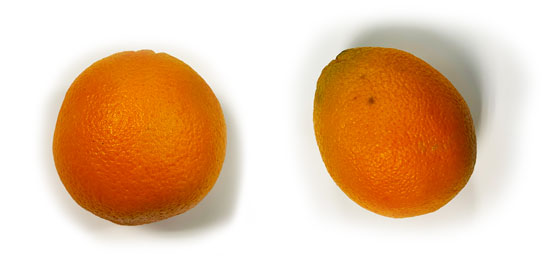
An economical Choice
Typically, Choice fruit is your more economical selection, so if you’re using your fruit whole and you need that skin, spend a little extra and get the Fancy grade.
Produce 101: Citrus –Limes
Let’s talk about limes. Sometimes you’ll see a lime start to yellow. Don’t throw those out or don’t send them back, it just means they’re getting ripe.
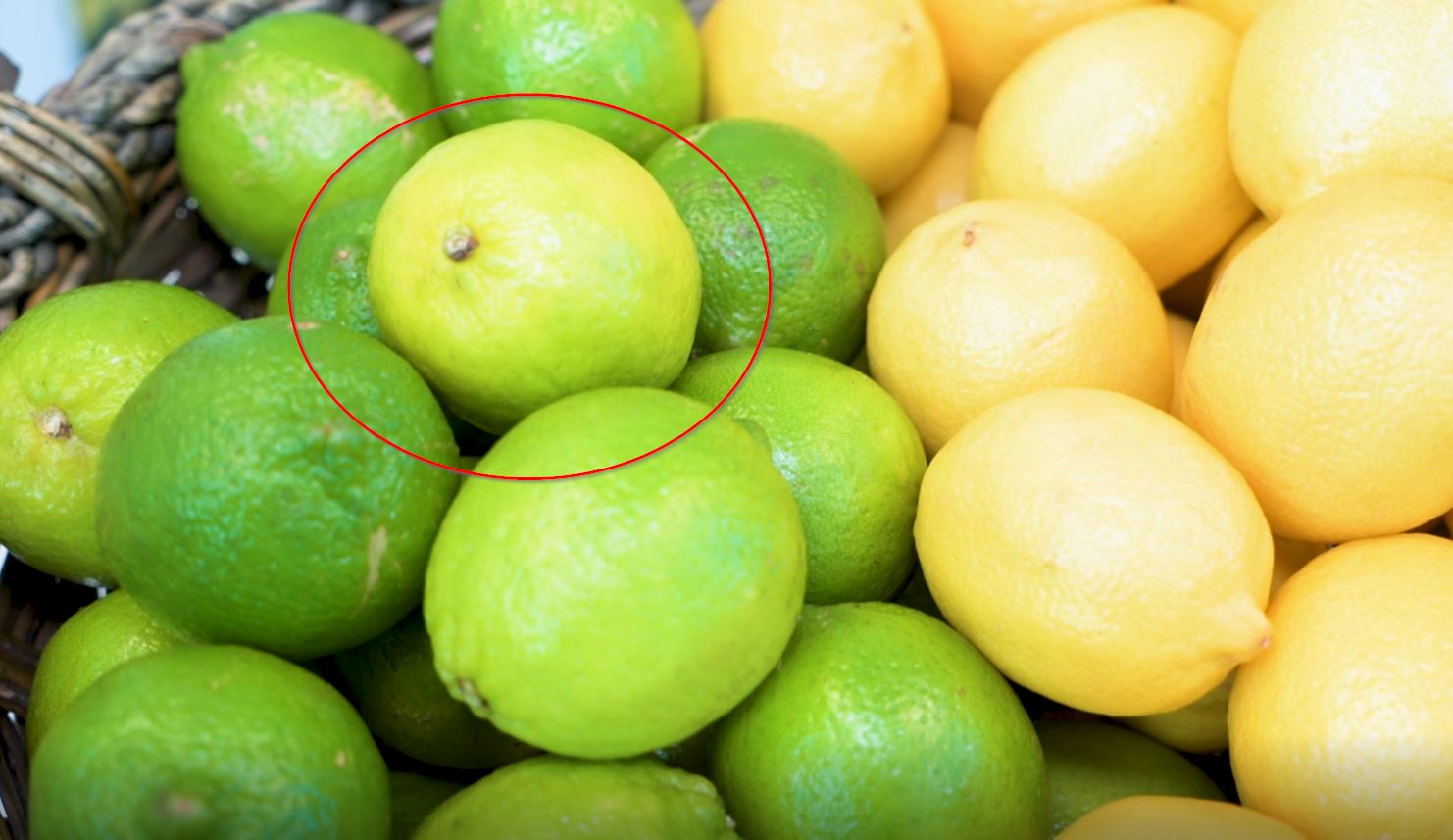
They’re not bad–in fact they taste just the same, so if you’re not using the skin, just hold on to them. A little bit of yellow in your lime isn’t a bad thing– in fact, it’s usually pretty good, just ask our friend, Nicole.
Produce 101: Citrus – Storage and Handling
When you’re storing your citrus, most citrus likes it a little warm. Oranges are the exception, they want to be in the colder part of your refrigerator, so keep them down low and to the back of your cooler.
Keep them dry and wash them just before you use them. They are very susceptible to bruising, so take just as many as you need out of the case.
Don’t dump them out onto your work surface, don’t drop the box, and certainly don’t stack a lot of heavy cases on top–it’ll help maximize the appearance of your citrus.
Dan talks about Produce 101: Citrus
Contact your Sales Consultant about adding citrus to your next order. If you are not a customer, find out how to become one today!
Content provided by Chef Daniel Snowden, the Director of Culinary Development for FreshPoint Central Florida. He has been in the produce industry almost 20 years, and loves getting geeky about food.
Some tools you can use:
Visit freshpoint.com for our seasonal availability guides—and while you are there, check out the FreshPress, our latest market report. Place your orders online with ease at myfreshpoint.com. Did you know you can receive real-time reliable delivery alerts on the day of your delivery? Activate and subscribe at FreshPoint.com/mydelivery
Download our app and take your produce management on the go. Place orders, review flyers, watch videos…all in one spot!
Find out more details about our UBU program, and how we are shining a spotlight on food waste while making value and food safety a priority.
We buy local to strengthen regional economies, support family farms, preserve the local landscape, and to provide fresh-from-the-farm food to our customers. Local.freshpoint.com connects you to your local farmers like never before! Customize your search by zip, city, state, radius…even by crops and growing methods. Pop in your zip code and learn about our local farmers.
Socialize with us!
Did you know we are on YouTube? Head over to our page and check out our 75+ videos. Don’t forget to subscribe, and also be a part of our Bell Team—hit the little bell icon to get notifications when we upload new videos.
Follow FreshPoint, Inc. on Facebook, Twitter, Instagram, and LinkedIn…and follow The Produce Hunter on Instagram as she finds the best specialty produce at the Santa Monica Farmers Market.

